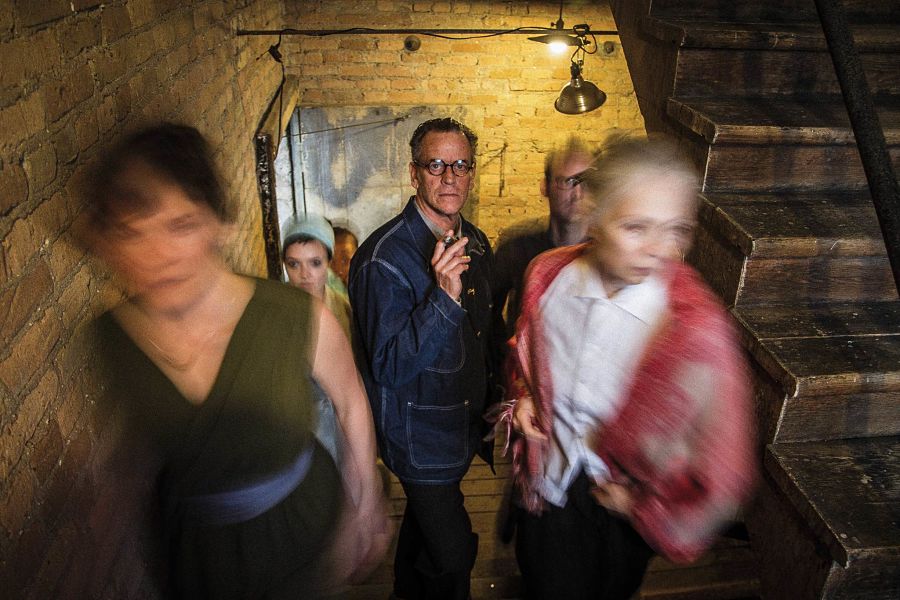MINNEAPOLIS: In 2011, the Southern Theater was on the brink of bankruptcy. Large outstanding debts and financial mismanagement led the theatre to fire its entire staff save one—production manager Damon Runnals, who was then automatically promoted by default to executive director.
Fast-forward three years, and Runnals is still running the Southern as its sole full-time staffer. But the 200-seat, century-old presenting house is more stable now; its budget is $130,000, and it’s on schedule to pay off its debts. Southern is feeling secure enough, in short, to experiment with audience development.
This month, the Southern starts ARTshare, a service where for a monthly fee of $18, members can attend as many shows at the Southern as they want, presented by Southern’s roster of 15 resident companies. Given that there are as many as three different performances on offer a week, and that membership entitles patrons to repeat visits, this is a bargain (single tickets average about $28).
Runnals readily admitted he borrowed the idea from Netflix and Spotify. “In Minneapolis/St. Paul, we have a lot of theatre—a lot of small theatre. We don’t have a ton of large houses. I was frustrated. Why can’t I pay a flat monthly fee, like Netflix, and just go see whatever I want, whenever I want?” reasoned Runnals.
The companies are a mix of dance and theatre groups—such as Workhaus Collective, Swandive Theatre and Savage Umbrella—and each is in residence at the Southern for three years. In exchange for participating in the program, the companies receive a rent-free performance space and roughly 45 percent of the ARTshare membership income ($45,000 of a projected $108,000, divided among the 15 companies and paid monthly).
Since the Southern owns the 200-seat space, it will take 55 percent of the ARTshare income and the revenue from any single-ticket sales. In the first year, that income will go to cover the cost of the program, Runnals said. “If the membership level is where we’re hoping to be for next year,” he added, “we’ll hopefully be able to pay the artists more and bring splitting single-ticket revenues back on the table. Our goal is to pay the artists as much as possible while keeping the Southern at a sustainable level of income.”
At the time of this writing, 300 patrons had signed up for ARTshare, and Runnals projected that a total of 500 would sign up by the time the program launches this month. And because the companies will be paid monthly, if membership increases during the year, their payout will also increase.
“A lot of their challenges lie in the peaks and valleys—they only get money when you have a project going on,” Runnals said. “The membership program addresses the cash-flow issue that most of our members struggle with.”
The deal, of course, isn’t just good for artists but for audiences, as well. “If you come see something and if you didn’t like it, you’re not out a $50 ticket,” Runnals said. “You can check out something else.”


